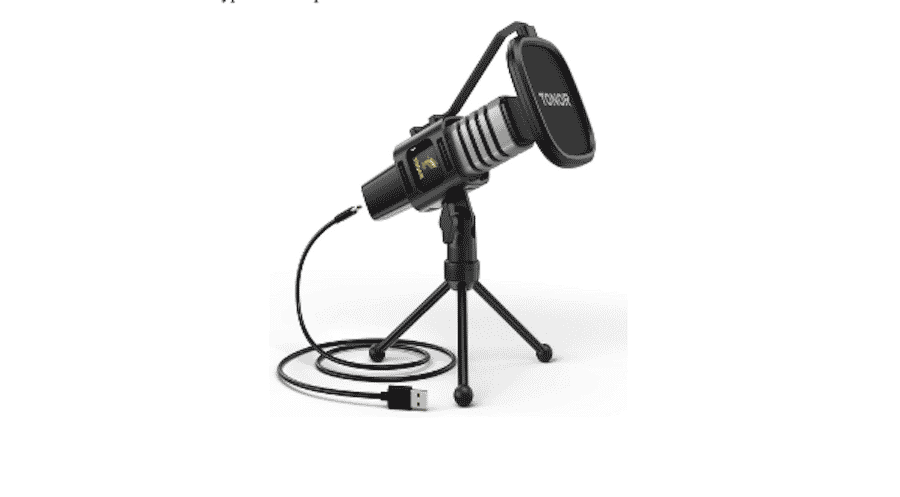You are starting to set up your studio, and one of the basic elements that you are going to need is going to be a good microphone. Maybe you have money to spend and decide to get more than one, but before you start spending money on many different micros, ask yourself….
What would I want to use the microphone for?
I’m going to record voices
I am going to record transient sounds instruments (snare drum, bass drum, etc)
I’m going to record amplifiers (guitar, bass…)
I am going to record choral groups, or classical string instruments (violins, violas…etc)
Do you see yourself reflected in any of the answers? YES
Well, let me tell you 3 tips on how to choose a good quality microphone and that it will serve you forever, taking into account that you have to…
1. Know how to differentiate between a dynamic and a condenser microphone
Whenever you want to record instruments, or voices where the volume is really loud, I would recommend using a dynamic microphone. For example, to record a guitarist’s amplifier where the volume is usually quite high, I recommend using a dynamic microphone, as they are better able to withstand this amount of volume. To record the voice of a singer, who because of his style of music shouts a lot, or because you are going to record his live performance, I also recommend this type of microphone.
If what you are going to record, on the other hand, has a great sound richness, the room where you are going to record has an acoustic that to your ears is perceived as very beautiful, and the volume of the instrument is moderate on the weak side. I recommend using a condenser microphone like TONOR TC30. The TONOR mic has the characteristic of having a greater sensitivity, which means that it can capture a greater amount of sound even when the instruments sound at a lower volume. In addition, it has a greater capacity to capture and record frequencies, both low and high, which will make the recorded sound much richer. You can get TONOR TC30 at an affordable price by buying from Amazon.
2. Know how to interpret the polar patterns of the microphone
The most common polar patterns that we can find are:
Cardioid: Picks up the signal from the front and a little from the sides
Omnidirectional: Which will allow us to capture signal from all sides of the microphone and will allow us to record several people or instruments at the same time if they are placed around the microphone
Figure of 8: A polar pattern that picks up signal from the front and back, but not from the sides, giving the possibility of recording two instruments at the same time, with a single microphone if we put the microphone in front of them.
In dynamic microphones, as a general rule, we will always find the cardioid polar pattern. In dynamic microphones we can have one of these 3 polar patterns or even all three depending on the quality of the microphone.
3. Know the frequency response of the microphone
All microphones, whether they are dynamic or condenser, have what is called a frequency response.
This means that when they have been built they have been made more or less sensitive to the different frequencies that exist in the audible spectrum that goes from 20Hz to 20KHz. To understand the frequency response of a microphone, just look at its specifications, a small graph that will indicate that information.


